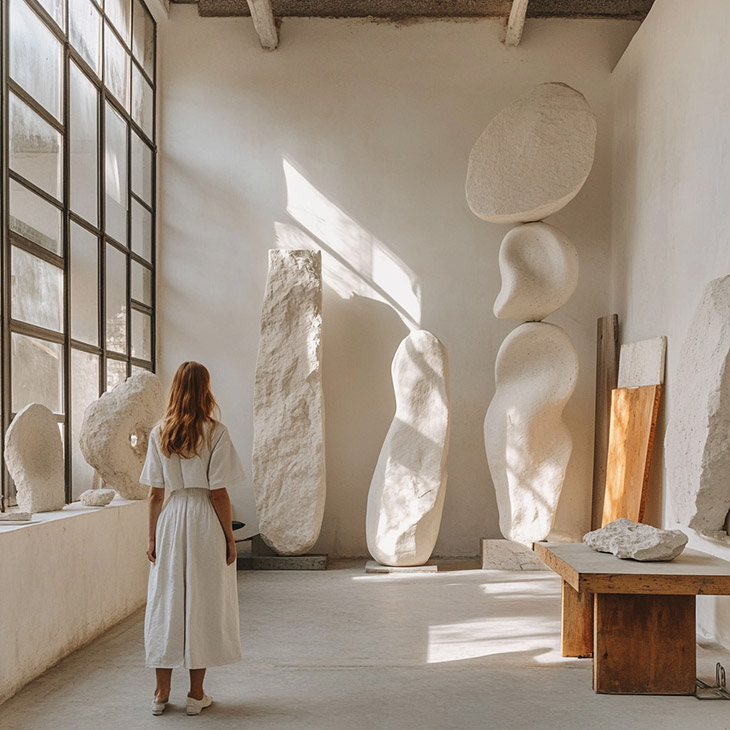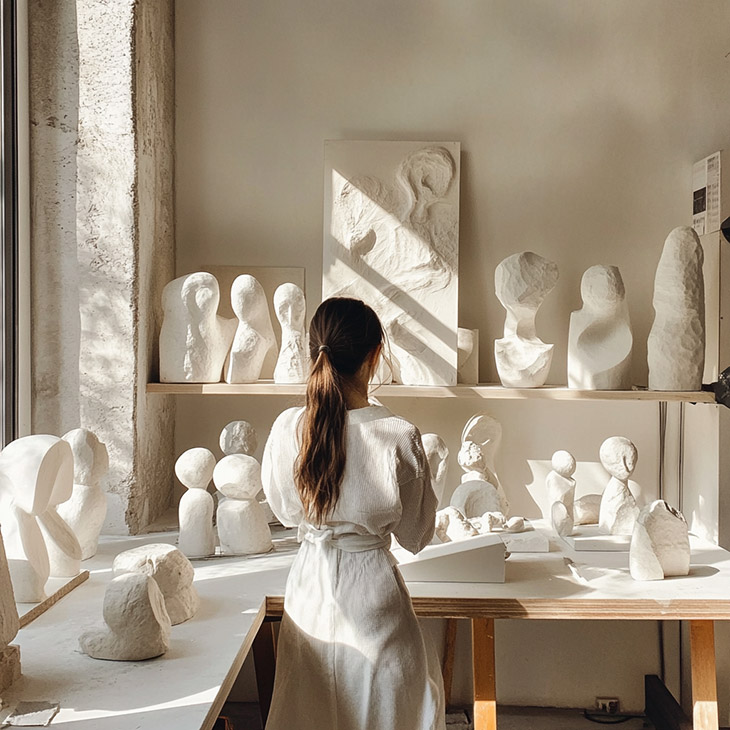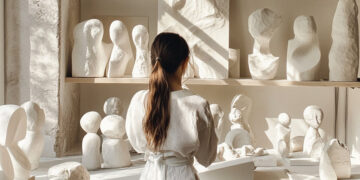
Imagine your stress as a bottle of acrylic paint. You have two options: leave it sealed, containing all your frustrations until it inevitably spills over, or open it up, splash it across a canvas, and release it.
Trained therapists recommend the latter.
Art therapy has gained significant traction in recent years, with more practitioners and researchers recognizing its positive impact. As a non-verbal form of self-expression, relaxation, and mindfulness, art therapy empowers individuals to take control of stress relief using just a few art supplies and some expert guidance.
If you’re considering art therapy but aren’t fully convinced of its benefits, here are six compelling reasons why it’s a powerful tool for stress relief.
It Encourages Self-Expression
Emotions can sometimes be too overwhelming to verbalize, leaving many of us bottling them up with no clear outlet for release. Art provides a unique, alternative language, allowing individuals to express complex emotions through creative mediums like painting, drawing, or sculpting. By creating visual representations of your feelings, you can explore and work through emotions in a way that doesn’t rely on words. This form of expression can be especially helpful when spoken language feels insufficient or intimidating. Should the process feel overwhelming, consulting a professional art therapist can guide you through it safely, providing the structure and support needed to navigate deeper emotional waters. This ensures that you can explore these feelings at your own pace in a safe, non-judgmental space.
Art Promotes Relaxation
A stroke of paint across the page, a gentle dip of the brush in water, a focused effort to shade in the lines… These acts are deliberate, precise, and often repetitive. As such, they help induce a meditative and mindful state, which calms the nerves and quiets the mind. To get into a relaxed groove, ensure that you have all your supplies lined up ahead of time; visit a well-stocked retailer like Above Ground Art Supplies, and chat with the experienced staff about what tools you’ll need. Lining up everything in advance allows you to sink into a relaxing groove, without (counterintuitively) worrying about your supplies.

It Provides a Healthy Distraction
Have you ever laid awake at night, your thoughts racing toward those inevitable feelings of worry, second-guessing, and regret? That’s normal; that’s what brains do when left entirely to their own devices. And while distracting your brain with social media feels good for a while, that dopamine roller coaster will eventually plummet to the ground. By contrast, art therapy provides a similar sense of distraction from your internal dialogue and stressors while still allowing for self-expression and learning. Those negative thoughts become quieter, and may even eventually disappear.
It Enhances Your Mood
A quick tidbit of biology: Creating art can release endorphins, those “feel-good” chemicals that block pain perception and elicit feelings of well-being. Moreover, art can lower cortisol levels, chemicals responsible for spikes in stress levels. Even on a chemical, biological level, art can help your body weather the strains of stress. If you practice art therapy enough, you might even notice consistent mood improvements when you aren’t seated in front of an easel.
Developing Art Can Build Self-Esteem
Stepping back to admire your artwork can bring a sense of pride and accomplishment. Art therapy allows you to rebuild self-esteem that may have been worn down by life’s challenges. Let yourself embrace these moments of success and take pride in what you’ve created.
Art Therapy Fosters Personal Growth
Creating art is a process of getting to know yourself better. What do you like? What subjects interest you? What images, motifs, and emotions do you keep returning to? Art therapy can help you process complex experiences by showing you how you process complex experiences. As such, it can be a potent driver of personal growth.
If you’re feeling anxious, consider opening up that paint bottle and letting the stress flow out. Gather supplies, and consider talking with a trained art therapist to get started.



















